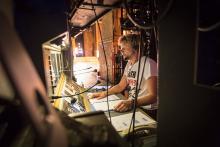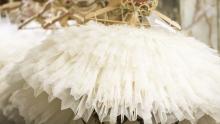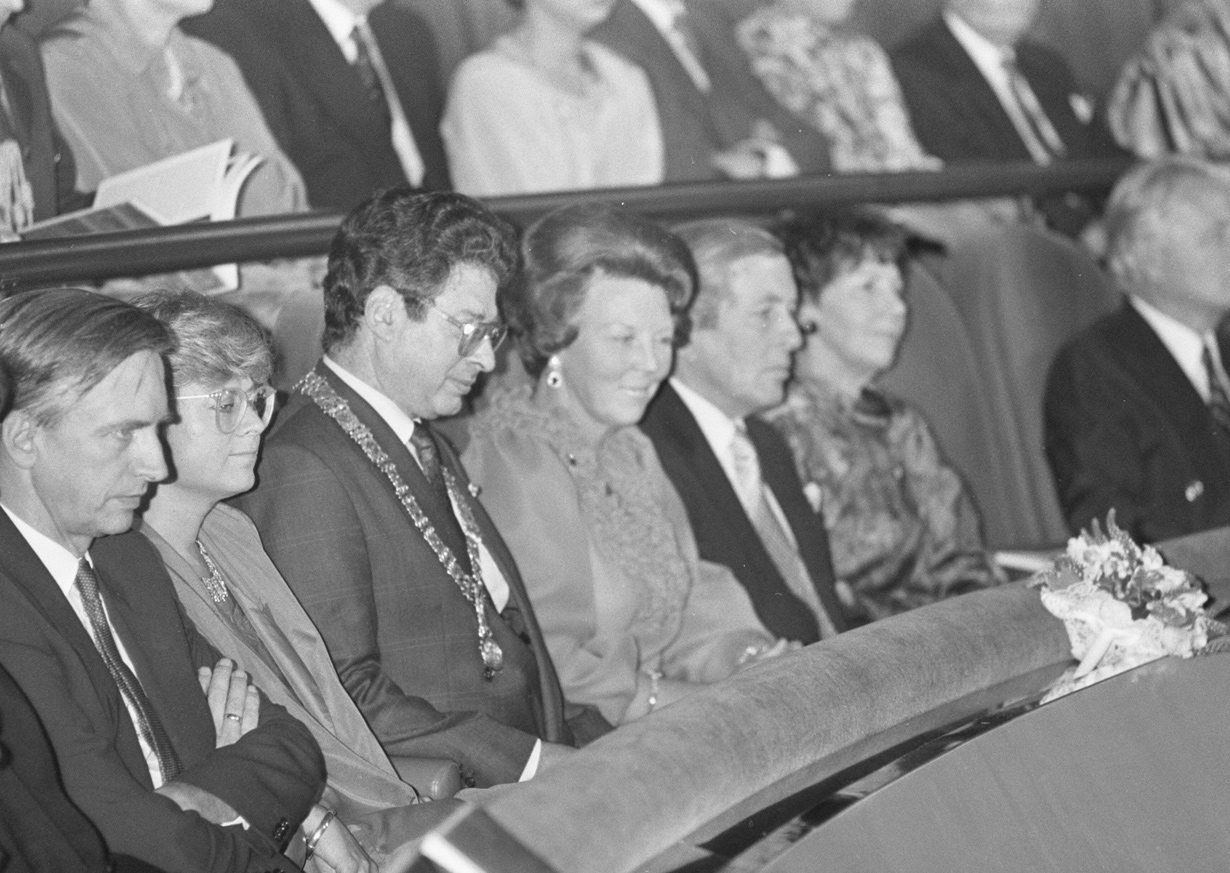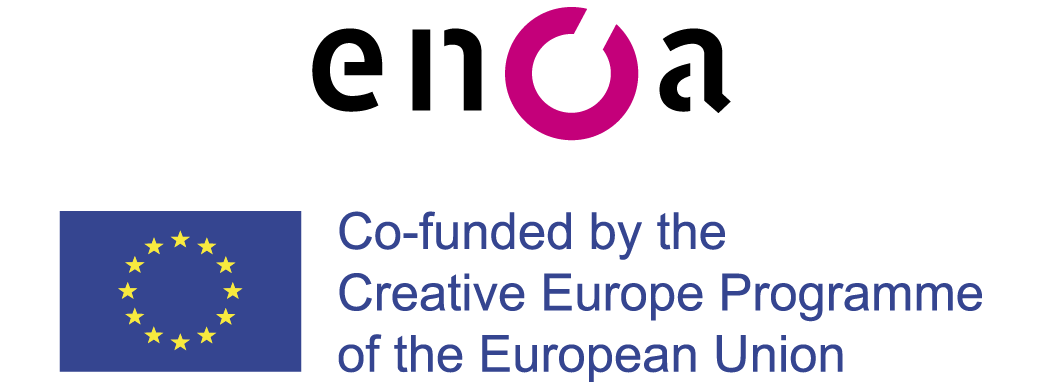About us
The largest theatre production house in the Netherlands

The Organisation
Over 600 staff members at Dutch National Opera & Ballet work on creating top-quality performances at an international level, in the fields of opera, ballet and related musical and dramatic arts. Our organisation wants people to connect with, be moved by and be involved with the rich cultural life of the Netherlands. Craftsmanship, creativity, daring and commitment are qualities our staff members share.

Mission & vision
We want to enrich the lives of as many people as possible with the wonder, beauty and meaning of opera and ballet. We do it by bringing song, dance, music, acting, language, technique and design together in the “live” interpretation of human emotions. In doing so, we offer our audiences an emotional, intellectual and sensory experience which transcends everyday life and can touch both the hearts and minds of people.

History
Dutch National Opera & Ballet is a relatively young theater with a long history. As early as 1915, the construction of a new city hall and opera house was on the agenda of the Amsterdam City Council. At that time, there was a clear focus on an opera house; ballet was still a relatively unknown and thus undervalued art form.

Staff and crew
Meet all staff members of Dutch National Opera & Ballet
Vacancies
Doing an internship

Contact information
Address, phone number and email address































